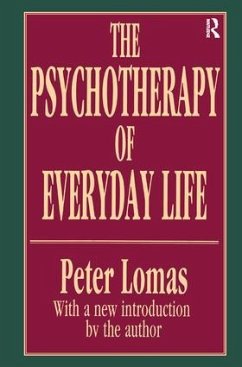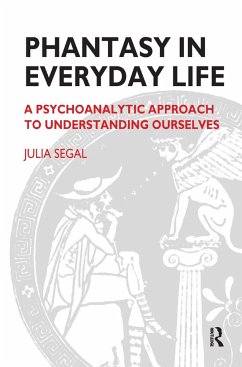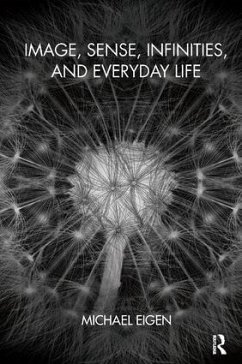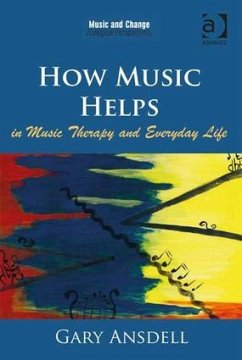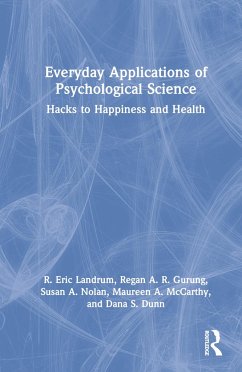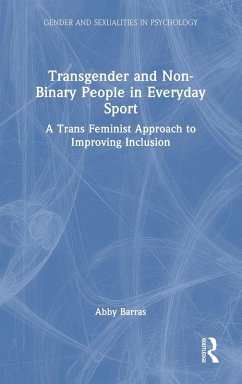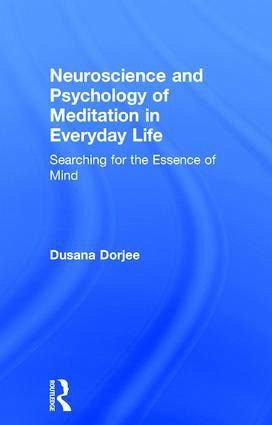
Neuroscience and Psychology of Meditation in Everyday Life
Searching for the Essence of Mind
Versandkostenfrei!
Versandfertig in 1-2 Wochen
185,99 €
inkl. MwSt.
Weitere Ausgaben:

PAYBACK Punkte
93 °P sammeln!
Neuroscience and Psychology of Meditation in Everyday Life addresses essential and timely questions about the research and practice of meditation as a path to realisation of human potential for health and wellbeing.¿




